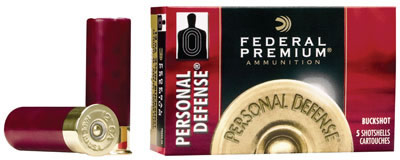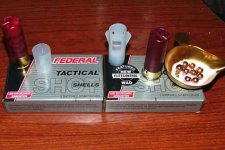DanThaMan1776
New member
Does anyone know how shells like these work?
I recall reading somewhere that reduced recoil shells have identical terminal ballistics to regular kickers. I simply don't see how this is possible while keeping Newton's third lawn in mind: If the reaction is less forceful (recoil less extreme), then the action (force of shot) must also be less forceful.
Do they use powder which burns differently? Do they simply use less powder? Does it have something to do with the load being fired?
And lastly, the reason I am asking all of these questions about this type of ammo is because I would love to use it as a HD load, but I am fearful that I am losing some of the 12 ga's power by switching to them. What does TFL recommend?
I recall reading somewhere that reduced recoil shells have identical terminal ballistics to regular kickers. I simply don't see how this is possible while keeping Newton's third lawn in mind: If the reaction is less forceful (recoil less extreme), then the action (force of shot) must also be less forceful.
Do they use powder which burns differently? Do they simply use less powder? Does it have something to do with the load being fired?
And lastly, the reason I am asking all of these questions about this type of ammo is because I would love to use it as a HD load, but I am fearful that I am losing some of the 12 ga's power by switching to them. What does TFL recommend?


